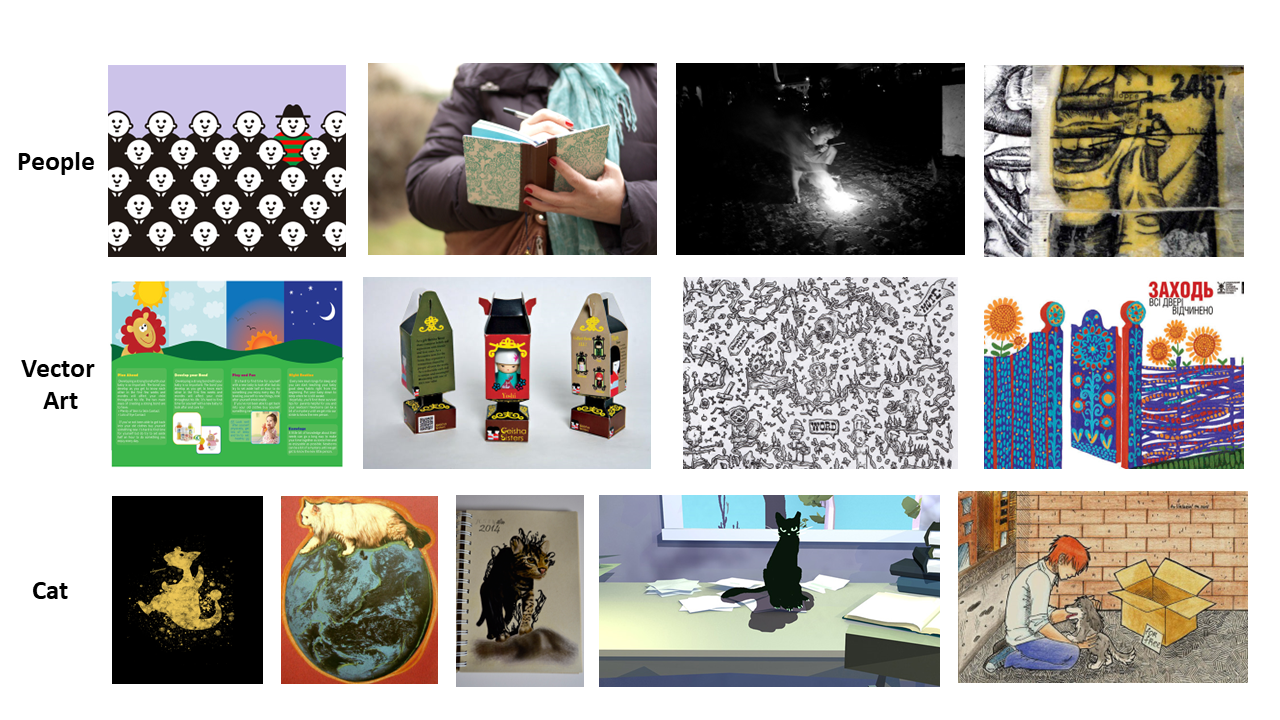In my master’s thesis, I explored the intersection of Machine Learning (ML), Deep Learning (DL), and Computer Vision to enhance the tagging accuracy of artistic images. This research focused on Behance, an Adobe platform where artists worldwide showcase their work. Given the complexity of artistic styles and content, traditional tagging methods often fail to capture the semantic depth of these images. My work aimed to bridge this gap through semantic optimization and fine-tuned image tagging techniques.


🧠 Technical Details
✅ Dataset & Feature Extraction
- Collected a dataset of artistic images from Behance, including diverse styles such as digital art, illustrations, and photography.
- Extracted low-level (color, texture, shape) and high-level (context, subject) features using deep neural networks.
✅ Machine Learning Model & Optimization
- Fine-tuned a CNN-LSTM hybrid model to capture both spatial (CNN) and contextual (LSTM) information from images.
- Applied transfer learning with pre-trained models like ResNet and EfficientNet to improve feature extraction.
- Incorporated semantic ranking to enhance tag relevance by optimizing word embeddings.
✅ Tagging & Evaluation
- Developed a custom tagging algorithm that generates contextually meaningful tags rather than generic labels.
- Evaluated performance using precision, recall, and F1-score, achieving a significant improvement in accuracy over traditional methods.
- Conducted user studies to validate the relevance and usability of generated tags

